Exploring the benefits and problems of Retail Spaces
India’s large and aspiring middle class of 75 million households or 300 million individuals want products that are value-driven. The country’s 500 million people under the age of 25 have access to more money that has additionally resulted in independence, aspirations and a demand for products. Over the last few years, retail space in India have been undergoing a sea change and a major restructuring all across the Tier I, II and III cities and even in the towns. From organized retail gaining prominence to the rise of online and Omni channel retailing, the retail landscape of India have been undergoing changes both horizontally as well as vertically.
The Indian retail industry has emerged as one of the most dynamic and fast-paced industries due to the entry of several new players and massive policy shifts and of course not to forget the Demonetisation move as a more recent phenomenon. Retail accounts for over 10 per cent of the country’s Gross Domestic Product (GDP) and around 8 per cent of the employment. India is the world’s fifth-largest global destination in the retail space.
RETAIL MARKET
As per the recent India Brand Equity Foundation report, India’s retail market is expected to nearly double to US$ 1 trillion by 2020, driven by income growth, urbanisation and attitudinal shifts. While the overall retail market is expected to grow at 12 per cent per annum, modern trade would expand twice as fast at 20 per cent per annum and traditional trade at 10 per cent.
India’s Business to Business (B2B) e-commerce market is expected to reach US$ 700 billion by 2020.Online retail is expected to be at par with the physical stores in the next five years.
India is expected to become the world’s fastest growing e-commerce market, driven by robust investment in the sector and rapid increase in the number of internet users. Various agencies have high expectations about growth of Indian e-commerce markets. Indian e-commerce sales are expected to reach US$ 120 billion! by 2020 from US$ 30 billion in FY2016.Further, India’s e-commerce market is expected to reach US$ 220 billion in terms of gross merchandise value (GMV) and 530 million shoppers by 2025, led by faster speeds on reliable telecom networks, faster adoption of online services and better variety as well as convenience. India’s direct selling industry is expected to reach a size of Rs 23,654 crore (US$ 3.51 billion) by FY2019-20, as per a joint report by India Direct Selling Association (IDSA) and PHD.
The Indian retail trading has received Foreign Direct Investment (FDI) equity inflows totaling US$ 537.61 million during April 2000–March 2016,
SPACE CRUNCH
With policies getting revived and the online portals marking a broader progress over the last couple of years, E-commerce is expanding steadily in the country. Customers have the ever increasing choice of products at the lowest rates. E-commerce is probably creating the biggest revolution in the retail industry, and this trend would continue in the years to come. But when we shift attention to the lingerie industry, which is still intrinsic of trials, we come closer to a space that is retail centric and is fulfilled through EBOs, MBOs and LBOs etc. we come across several challenges too that includes the rise of e commerce and several other factors too.
Challenges before Brick & Mortar Stores :
“High Rentals are a strict no for Retail as there is no point in opening a Store wherein at the end of the Day the Balance sheet remains a sheet with no Balance. The online stores cannot be ignored on today’s date. A lot of retailers have the wrong notion that Lingerie is difficult to sell online. The next generation is comfortable with the experience of online purchases and its growing day by day. As they say If you can’t beat them, Join them. We are shortly going to work on our online promotions of our already established website www.naughty.net.in and plan to do it in a bigger way by expanding our back end office and our team for Online sales,” explains Manoj Khem, Owner, Naughty.
Expansion is also an agenda that Naughty wants to take care of in the next two years but getting properties with commercial viability to fulfill the Ownership store format and, properties on High Street, is surely difficult to come by owing to the increasing property prices and the changing dimensions of real estate.
” While competition is always good for industry but online retail has caused major disruption due to its unfair pricing. Brands also prefer online retailers due to their massive scale and size and succumb to their demands for higher profit margin which they passes to end consumer.
Higher Rental Cost of Real Estate :
Rental cost is one of the most critical aspect of retailing. High rentals should be justified otherwise no point if we are paying high rentals and business is not in proportion to the rental paid. We have to think twice and proper in depth profit analysis should be done before going for a expensive property. We need to avoid the situation where our major portion of sale goes in rentals and ultimately operation cost goes up and store’s profitability goes down,” articulated Manoj Thakur, Director, Body Basics.
He further adds that even though there are no separate laws in Maharashtra set aside for the lingerie retailers, but it changes as per municipal corporations. In some cities you need to take corporation license to open retail store. He further adds, that high property tax in proportion to rentals is a major obstacle in some cities. Also display of lingerie on mannequins outside the store is prohibited in some metros posing another level of challenge for the lingerie shops and retailers. Manoj Khem also adds, that while many retailers believe that having stores at prominent locales and high street helps in the selling process but there are other arenas that needs to be taken care of too. A retailer shouldn’t ignore the Tier 2 cities at present, as the cash lying with the people in the small towns and cities account for more dispensable income as compared to the metros.
Customer Loyalty and footfall
Setting up a store, owning a space decent enough to retail is just the beginning. The next level of difficulty comes with ensuring a regular footfall. While many owners like Manoj Khem today depends on providing special privileges to ensure repeat customers, many retailers are more than happy with the magic figure they achieve by being in the trade with a retail exposure of decades.
Many retailers opt for special schemes and privileges to woo in customers. While Naughty offers ‘ Privilege Card Scheme’ which is applicable to all their stores in Kolkata, it definitely brings the customers back to their stores. Stores like A One in Surat, strive on EMI schemes on lingerie purchase to pull in customers and many other stores like Flames in Vishakhapatnam provide free WI FI to customers on their visit to the store. Manoj Thakur adds, “Footfalls can be improved by innovative marketing tools and good consumer offers, but customer loyalties always changes in today’s market scenario. It is very difficult to say with confidence that my customers are loyal to me and they will always shop from me. Customer acquisition cost is high, but retaining cost is much higher than that.”
Earlier the dilemma for retailers was restricted to choosing between a mall store and a store at the corner of a prominent street or a market area. Many retailers have prospered with the first mover advantage and are still today prospering with the space and the base they have created. But with demonetisation ringing an alarm bell, many traditional small MBOs are also beginning to face challenges in the form of liquid money. However, this move is also to a great extent structuring the market to push the same towards an organized sector.
But a one man show retail outlet/outlets around popular shopping destinations in both metros as well as towns gave retail owners the advantage to keep a closer eye on their business and create a one-on-one contact with every customer. This was cost effective too, as the retailer had the independence to save money by employing lesser number of sales persons. While many retailers want to stick to their one store format and whatever come and go, want to maintain that retail space with their restricted number of salesperson, but 70% of lingerie retailers around India are eyeing expansion as they believe that the time is just right and rather than getting scared of the online portals, they should aggressively make use of the maturing lingerie industry, in which the slowest growing arena, the medium category, retailing at an average Rs 250 a piece in itself holds Rs 4,700 crore market share.
“it is always challenge to get a skilled staff in retail industry. Employee hiring cost is rising and then also availability of skilled staff is a major issue.Tier2 and tier3 cities worst in this and that to finding woman staff is major challenge and then timing issue comes up as no one want to work after 7.30 or 8 pm,” mentions Manoj Thakur of Bodybasics who calls himself a regional player with stores in Pune, Baramati, Kolhapur, Karad, Aurangabad and Nagar.
Having Trained Manpower is a Challenge :
Many prominent retailers are in agreement to the challenges of good and knowledgeable sales staff, especially getting trained women professional is a major challenge while setting up store. Conception of lingerie, makes it hard for retailers to find a good staff strength, even when they are prepared to pay in a good salary and give them better perks too.
“Good working professional who are dedicated to what they do and making them understand. Lingerie requires personal assistance and consultations, so keeping the staff at the store ready for the visiting customers is a big task,” explained a trade professional who wished to go unnamed.
Brand story
Belonging to the promoters of V Guard group, V-Star has captured the hearts of customers with its exquisite, affordable and comfortable portfolio of fashion and lifestyle products. Helmed by Mrs. Sheela Kochouseph, the brand has continuously redefined the benchmark for excellence in the world of fashion. One after the other, V-Star is energetically crossing major milestones of growth.
V-Star unveiled its first E B O in 2014 at Centre Square Mall, Kochi. In 2015, V-Star further accelerated its pace by opening its Flagship Store at Palarivattom, Kochi. Located near NH Bypass, V-Star launched its third EBO in Kochi at Nucleus Mall, Maradu.
“V-Star have always strived to present a bouquet of hi-fashion collections. Location is considered to be most important factor while setting an EBO even though rentals are high. The only thing we care is the accessibility and ambience for the customer. The women’s Innerwear market is expected to grow at the rate of 13% in the coming years, the industry is less organised and has less brand penetration. So the market is healthy with huge growth opportunities, if you can supply quality products that meet the needs of the customer. The growth is visible in the online platform. That is why in addition to our EBOs and Concept Stores, we are planning to strengthen our presence in online in the coming months”, explained Sheela Kochouseph , Managing Director, V-Star Creations Pvt.Ltd.
After the overwhelming response received by its three EBO’s in Kochi, V-Star crossed an important milestone i by unveiling its fourth EBO in Thrissur. Recently, V Star soon opened their fifth EBO in 2016 of HiLite Mall. Located near Thondayad Bypass, V-Star’s Calicut The brand has their sixth EBO on the first floor of Shobha City Mall, Thrissur.
V-Star capped off 2016 by opening its seventh EBO in Kottayam, located at Skyline Citadel. Kanjikuzhy. In 2017, V-star delivered double delight to customers by opening two more Exclusive Brand Outlets (EBOs) in Thodupuzha and Elamkulam, Kochi.
With fast expansion, the brand feels that having a quality retail space in a metro is a challenging task now. “Adequate Space with good parking facility will not be available in most of the metros. All good spaces are already occupied. A brand should have its presence in metro cities even though procuring good showroom space is a challenging task,” adds Sheela Kochouseph , Managing Director, V-Star Creations Pvt.Ltd.
A fast-rising star in the world of fashion, V-Star has begun its ambitious journey covering other major towns and cities across India. The brand is all set to open more EBOs and expand its presence in the Middle East as well, emerging as a much sought-after fashion trendsetter on the global stage.
Shopping in-store is still the dominant means of purchasing apparel in Asia-Pacific, the latest research from research firm YouGov shows. The study, which polled 9,037 people across Asia-Pacific in December 2016, reveals that more than three-quarters (79 percent) have shopped in-store in the past year. Shopping in-store is particularly prevalent for shoppers in Hong Kong, Australia, and Malaysia, where 88 percent, 85 percent, and 84 percent have done so, respectively.
Conversely, shopping in-store is most popular with older generations; 90 percent of over 55s have shopped in store, compared to 75 percent of 16- 24-year-olds. This suggests that, as one might expect, younger generations may be more open to shopping with new technologies than older generations.
However, there are still clear benefits to in-store shopping. Over three-quarters of those that have done so (78 percent) like to try out apparel before they buy it, 73 percent want to check the quality before they buy, and 56 percent simply enjoy shopping around, the study mentioned.
The shopping habits in India too are largely influenced by in store purchases. And bigger brands like V Star, Valentine etc are ready to take use of this ongoing trend and they are sure that even after the online splurge, people will still sufficiently shop from the stores in person. “We had started off with our retail stores in 2014-15, since the Government policies directing the setting up of shops have not been bothersome in any way. The present policies directing the smooth set up of retail stores are more in favour of independent outlets as compared to the high street stores. “We are definitely planning to make it big in retail market, as we find ourselves within the niche market zone for Relaxwear, wherein we find no other player. Even though we have competition with a few online players in this zone, but our online presence takes care of this too and we are quite confident to aggressively expand in the next few years,” Commented Harshad Thakkar, Chairman & Managing Director, Ashapura Intimates Fashion Limited.
With a store customer base of more than 15 thousand loyal customers, Ashapura Intimates Fashion Limited keeps their customers above everything else and the brand ensures the same using customer loyalty programmes. Aggressive expansion surely means having a strong customer base and brands like Valentine ensures the same with ease.
Considering the high property prices etc, procuring and running a retail store in Tier I cities are definitely a difficulty. But Ashapura is doing it quite actively with the Valentine and Ashapura outlets. This is also keeping in view the brand USP. The brand today has more than 18 stores pan India, barring 2-3 exclusive stores in Tier 2 & 3 cities, all the other stores are well located in prominent locations in cities like Delhi, Mumbai, Bangalore and Chennai etc.
” We are planning to set up around 200 more stores in the coming years, as a part of our expansion plan. As for the model of our stores, we already operate through SIS, Company owned and Franchisee model stores and we are extremely satisfied with the performance we have experienced though these models. However we are also trying to explore some varied business models too,” further added Harshad Thakkar.
There was a time when the beginning of the digital boom meant re shaping of many old and existing formats and principals. The same has started to affect the on ground retail spaces in a bigger way at present. And in order to stay in the race, from beginning to accept e money as a payment method, the retailers also should leverage the digital retail channels (e-commerce), which would enable them to spend less money on real estate while reaching out to more customers in tier-2 and tier-3 cities. Both organised and unorganised retail companies have to work together to ensure better prospects for the overall retail industry, while generating new benefits for their customers.
But on a bigger and better note the long-term outlook for the industry looks positive, supported by rising incomes, favourable demographics, entry of foreign players, and escalating urbanisation.

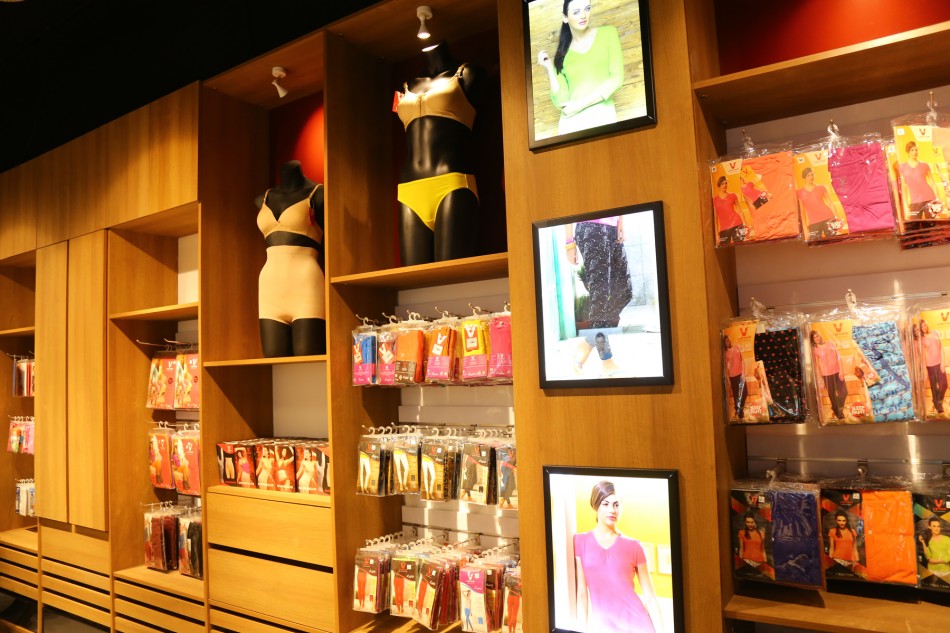

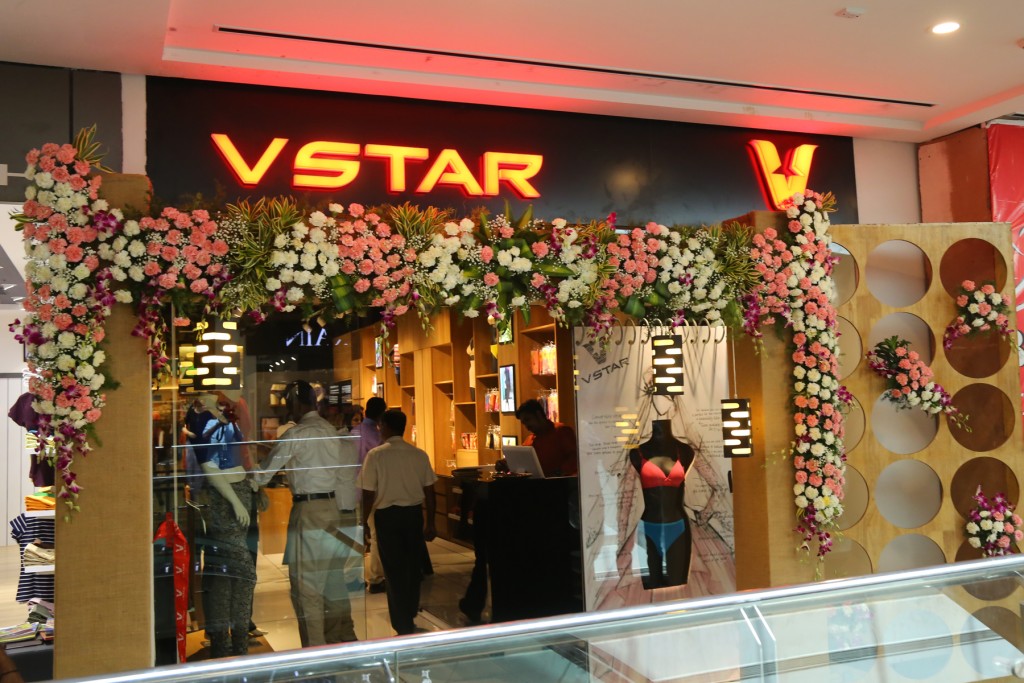
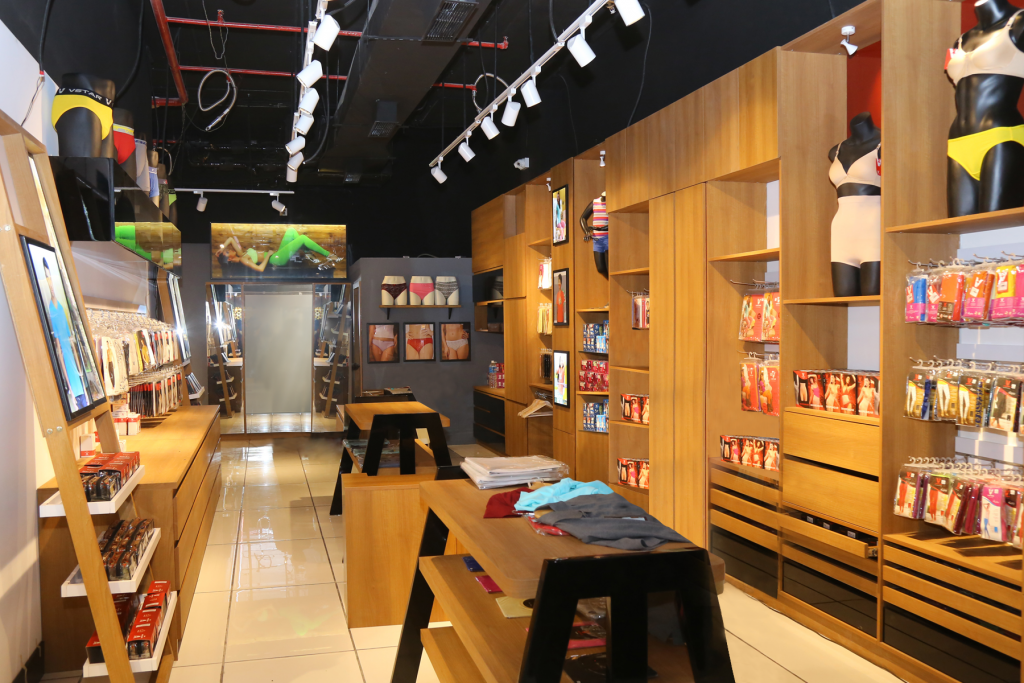
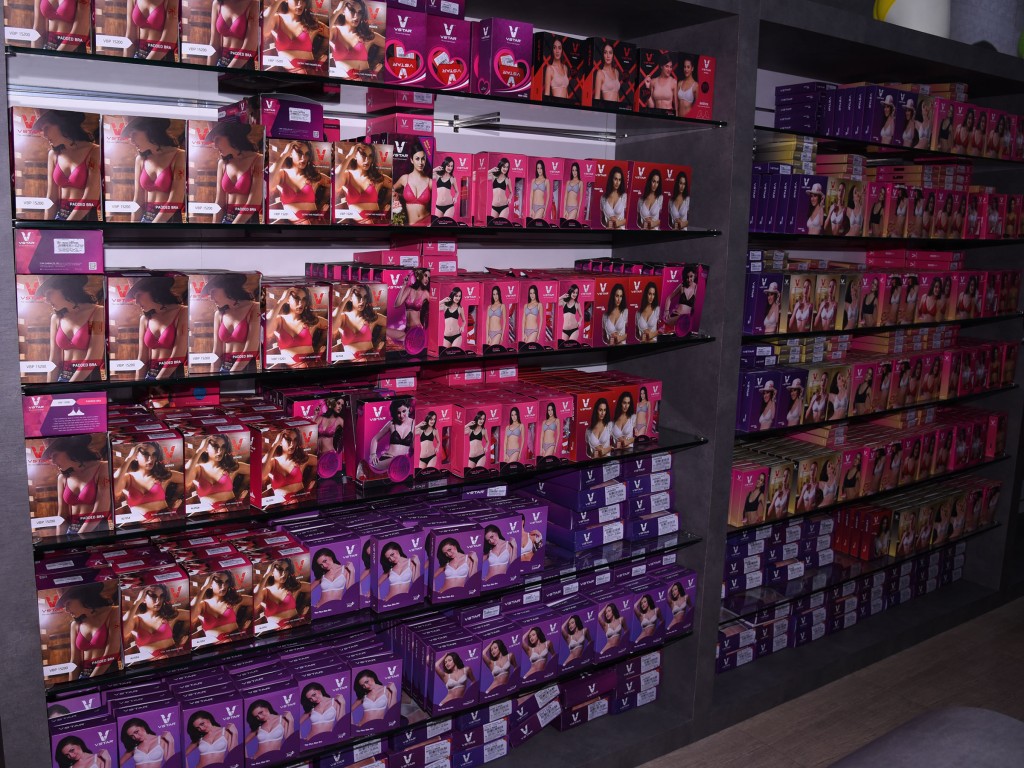
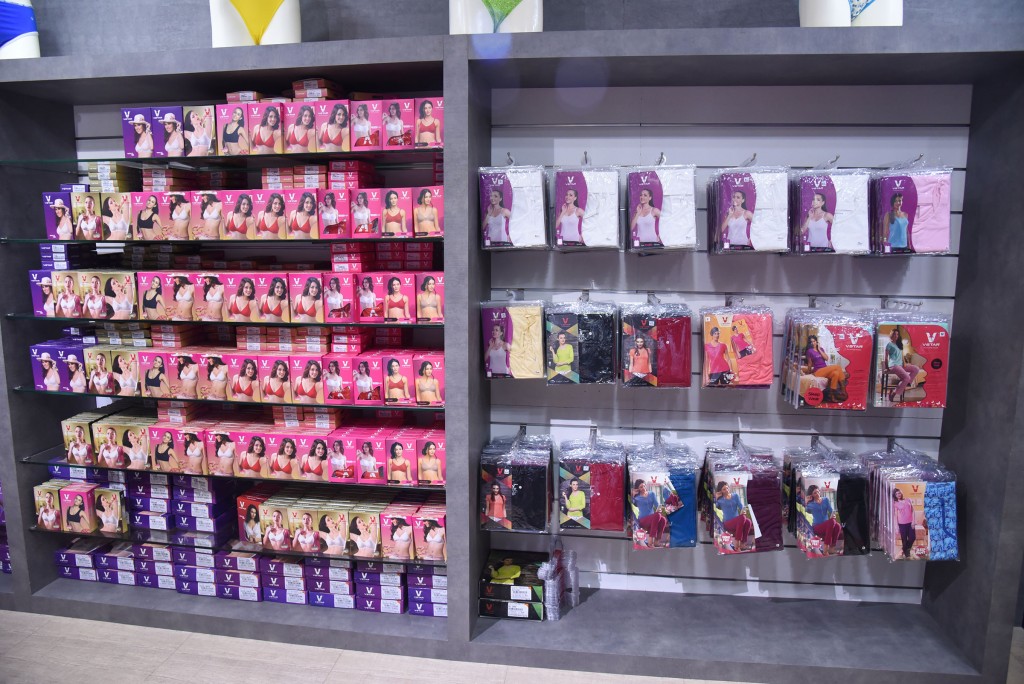
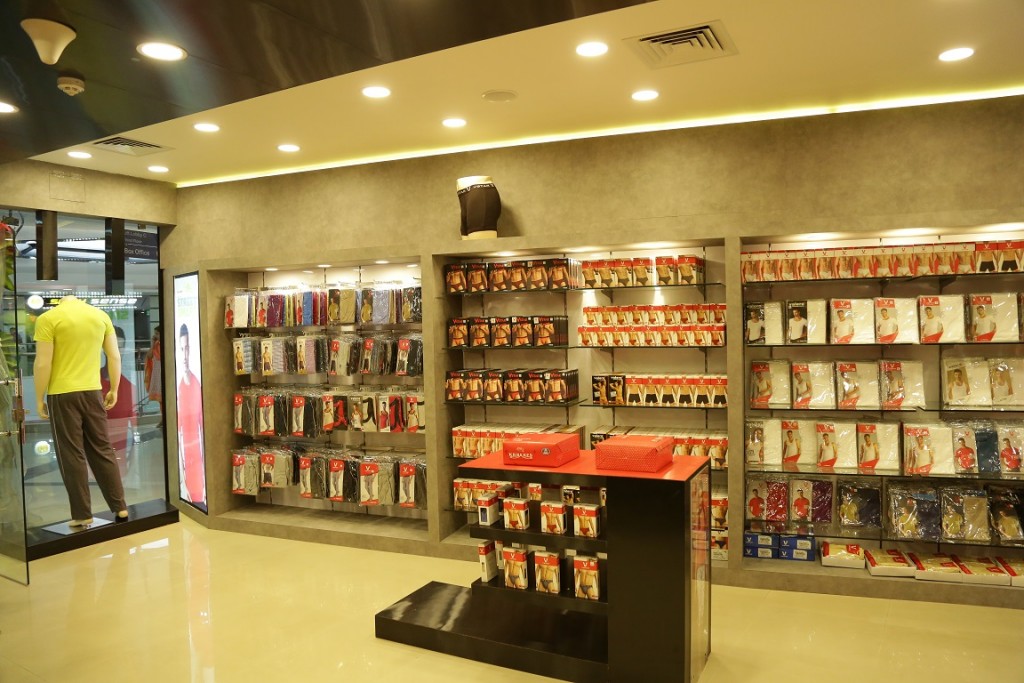
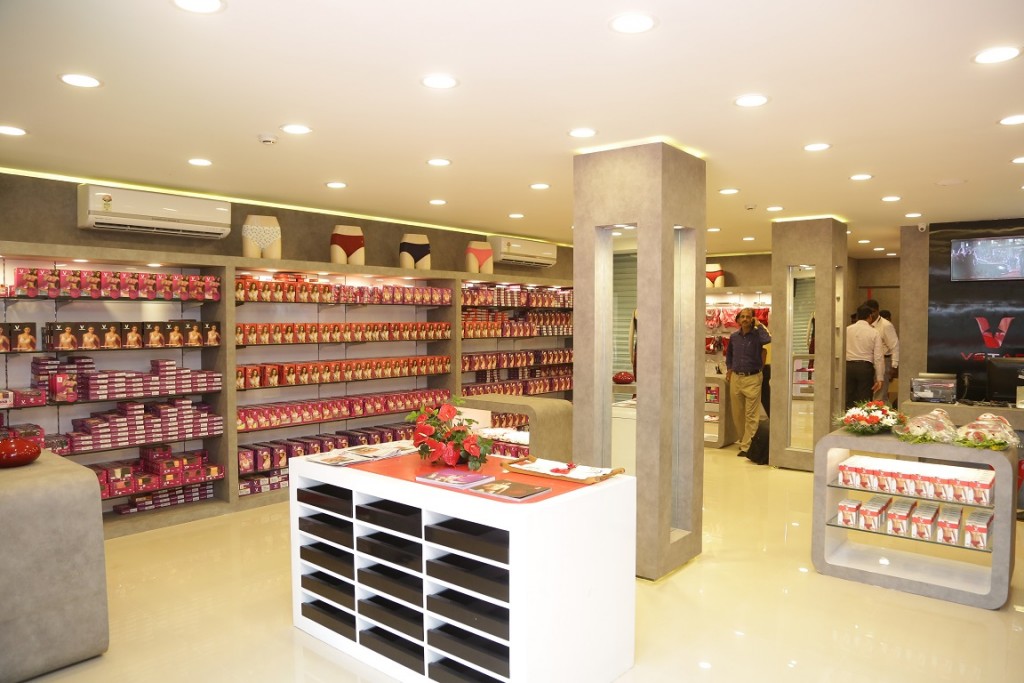












Awesome post.